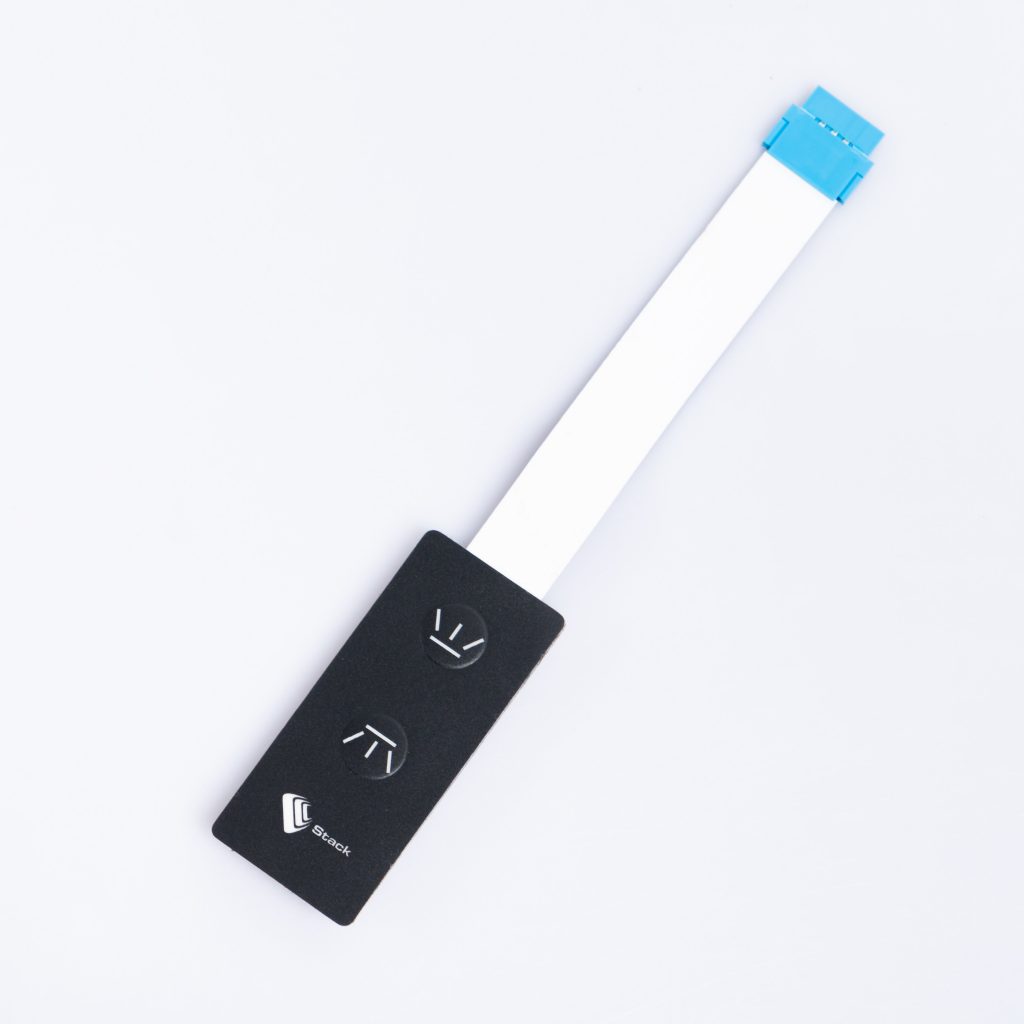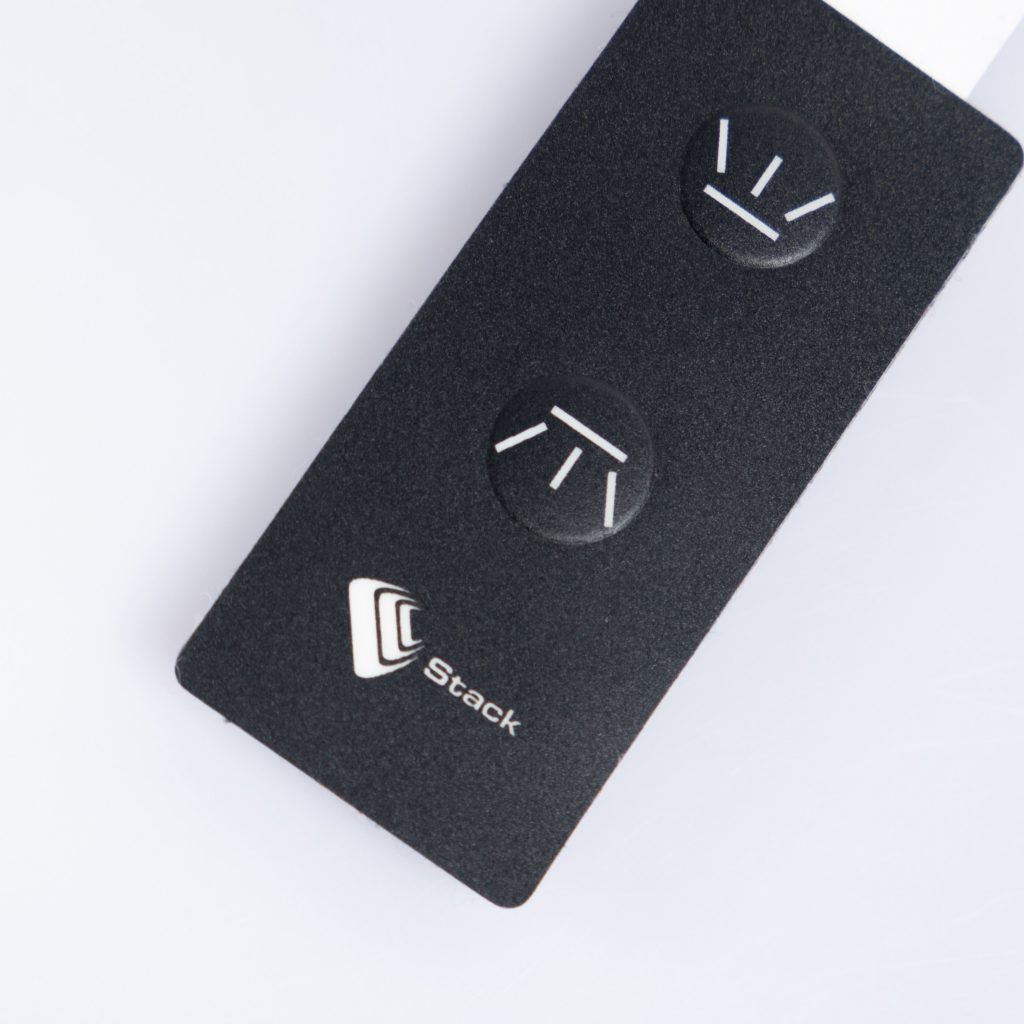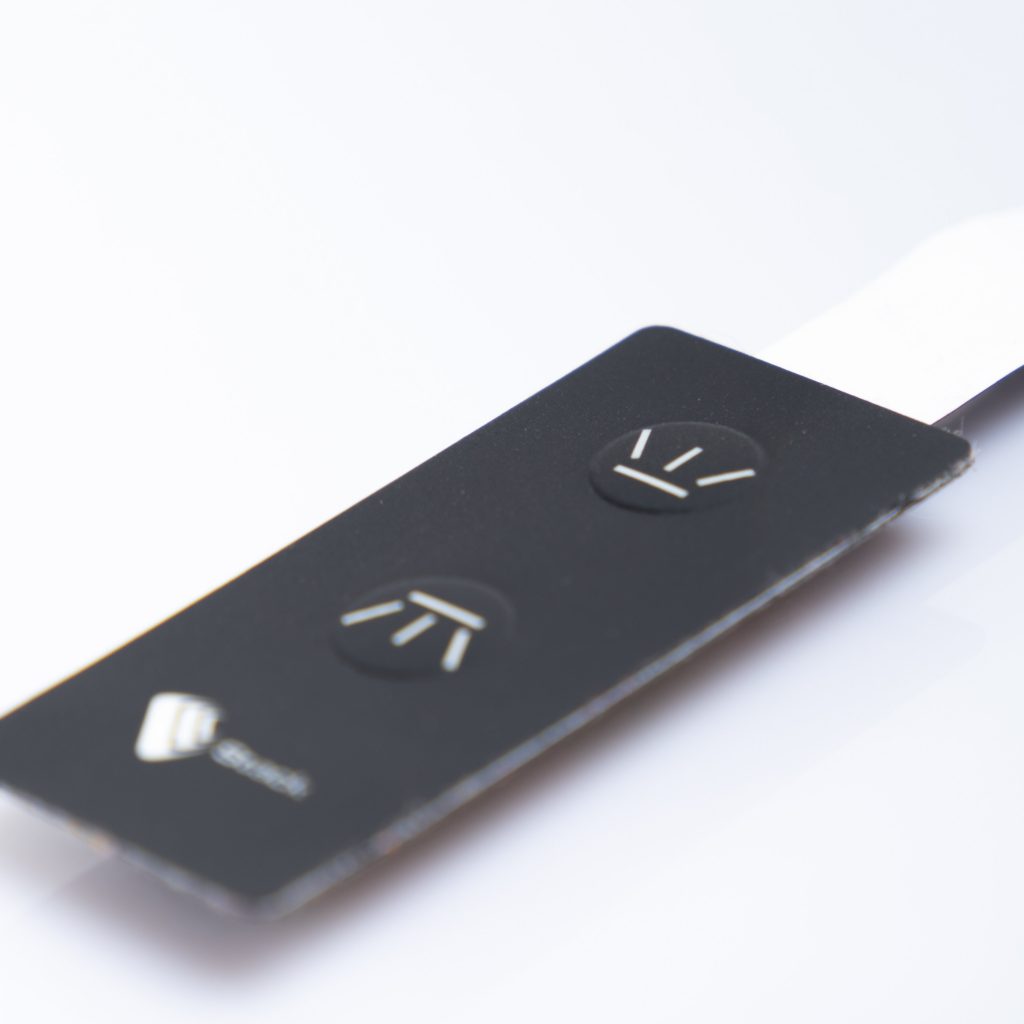Contact
Write to Us And We Would Be Happy to Advise You.
Do you have any questions, or would you like to speak directly with a representative?
By hqt
In the rapidly advancing field of agriculture equipment, there is a growing demand for efficient and reliable control systems. One such technology that has gained prominence is the use of membrane switches. Membrane switches offer a user-friendly interface that can withstand the harsh conditions of agricultural environments. This article explores the standardization and application of membrane switches in agriculture equipment, focusing on the materials that need to be considered for optimal performance.



Before delving into the specific application of membrane switches in agriculture equipment, let’s first understand what they are and how they work. A membrane switch is a low-profile, flexible, and durable electronic interface that allows users to operate various functions by applying pressure to the surface. It typically consists of several layers, including a graphic overlay, spacer, and circuitry, all sandwiched together to form a single unit.
Membrane switches are commonly used in industries where reliability, cost-effectiveness, and ease of use are essential. In agriculture equipment, they provide a viable alternative to traditional mechanical switches, offering improved resistance to dust, moisture, and other environmental factors.
Standardization plays a crucial role in ensuring the compatibility, reliability, and safety of membrane switches used in agriculture equipment. Various industry standards and regulations govern the design, manufacturing, and performance requirements of these switches. Compliance with these standards not only ensures consistent quality but also facilitates interchangeability and compatibility across different equipment.
One such standard is the International Electrotechnical Commission (IEC) 61058, which provides guidelines for the construction and testing of switches, including membrane switches. By adhering to these standards, manufacturers can guarantee the reliability and durability of their products, allowing seamless integration into agriculture equipment.
When it comes to choosing materials for membrane switches in agriculture equipment, several factors need to be considered. These factors include environmental conditions, durability, and the specific requirements of the equipment. Let’s explore some of the key materials used in the construction of membrane switches and their significance in agriculture applications.
1. Graphic Overlay Material
The graphic overlay serves as the outermost layer of the membrane switch and is responsible for displaying the user interface and labels. It is crucial to select a material that can withstand exposure to sunlight, moisture, chemicals, and physical abrasion. Common materials used for graphic overlays include polycarbonate, polyester, and acrylic.
Polycarbonate overlays offer excellent durability and resistance to scratches and chemicals, making them suitable for agriculture equipment exposed to harsh outdoor conditions. Polyester overlays, on the other hand, provide high clarity and resistance to UV radiation, making them ideal for applications that require enhanced visibility.
2. Spacer Material
The spacer layer in a membrane switch is responsible for providing the necessary separation between the graphic overlay and the circuitry layer. It helps maintain the tactile response and actuation force required for user interaction. Silicone rubber and polyester are commonly used as spacer materials.
Silicone rubber provides good tactile feedback and has excellent resistance to extreme temperatures and environmental contaminants. Polyester spacers, on the other hand, offer superior mechanical properties and stability, ensuring long-term performance and durability.
3. Circuitry Material
The circuitry layer of a membrane switch consists of conductive traces that allow electrical signals to be transmitted when pressure is applied. The choice of circuitry material depends on factors such as conductivity, flexibility, and resistance to environmental conditions.
Silver-based conductive inks are widely used in agriculture equipment due to their high conductivity and flexibility. These inks provide excellent performance even in the presence of moisture and contaminants. Copper and carbon-based inks are also used, offering different levels of conductivity and cost-effectiveness.
4. Adhesive Material
To ensure proper adhesion and bonding between different layers of the membrane switch, an adhesive material is used. The adhesive should have good tack, temperature resistance, and adhesion strength to withstand the demanding conditions of agriculture equipment.
Acrylic adhesives are commonly used in membrane switches due to their excellent bonding properties and resistance to temperature fluctuations. They provide strong adhesion to a variety of substrates, including metals, plastics, and composites.
Q1: Are membrane switches waterproof?
Yes, membrane switches can be designed to be waterproof or resistant to water and other liquids. By using materials such as silicone rubber and polycarbonate overlays, membrane switches can offer a high degree of protection against moisture ingress. However, it is essential to consider the specific requirements of the agriculture equipment and the environmental conditions in which it operates.
Q2: Can membrane switches withstand extreme temperatures?
Membrane switches can be engineered to withstand a wide range of temperatures, both high and low. Silicone rubber, polyester, and acrylic materials used in the construction of membrane switches offer excellent temperature resistance. It is crucial to select materials that can withstand the specific temperature extremes encountered in agriculture equipment applications.
Q3: Can membrane switches be customized for different equipment?
Yes, membrane switches can be customized to meet the unique requirements of different agriculture equipment. Manufacturers offer a range of options in terms of graphic overlays, tactile feedback, actuation force, and environmental resistance. Customization ensures optimal performance and user experience in specific applications.
Q4: How long do membrane switches last in agriculture equipment?
The lifespan of membrane switches in agriculture equipment depends on various factors, including the quality of materials, operating conditions, and maintenance. With proper design, manufacturing, and use, membrane switches can last for several years, providing reliable and durable performance.
Q5: Can membrane switches be retrofitted into existing agriculture equipment?
Yes, membrane switches can be retrofitted into existing agriculture equipment as a replacement for traditional mechanical switches. However, it is crucial to consider the compatibility and interface requirements during the retrofitting process. Working with experienced membrane switch manufacturers can help ensure a smooth transition and successful integration.
Q6: Are membrane switches cost-effective compared to mechanical switches?
Membrane switches offer significant cost advantages over traditional mechanical switches. The simplified design, reduced assembly time, and lower material costs contribute to overall cost savings. Additionally, the durability and long lifespan of membrane switches result in lower maintenance and replacement costs over time.
As the agricultural industry continues to embrace technological advancements, membrane switches have emerged as a reliable and user-friendly control solution for equipment standardization and application. By considering the materials used in the construction of membrane switches, manufacturers can ensure optimal performance and durability in agriculture equipment. With their waterproof capabilities, resistance to extreme temperatures, and customization options, membrane switches offer a versatile solution for a wide range of agricultural applications.
Embracing membrane switches in agriculture equipment not only enhances user experience but also improves efficiency and productivity in the field. As the industry continues to evolve, it is essential for manufacturers and equipment operators to stay up-to-date with the latest advancements in membrane switch technology and its application in agriculture.
Do you have any questions, or would you like to speak directly with a representative?